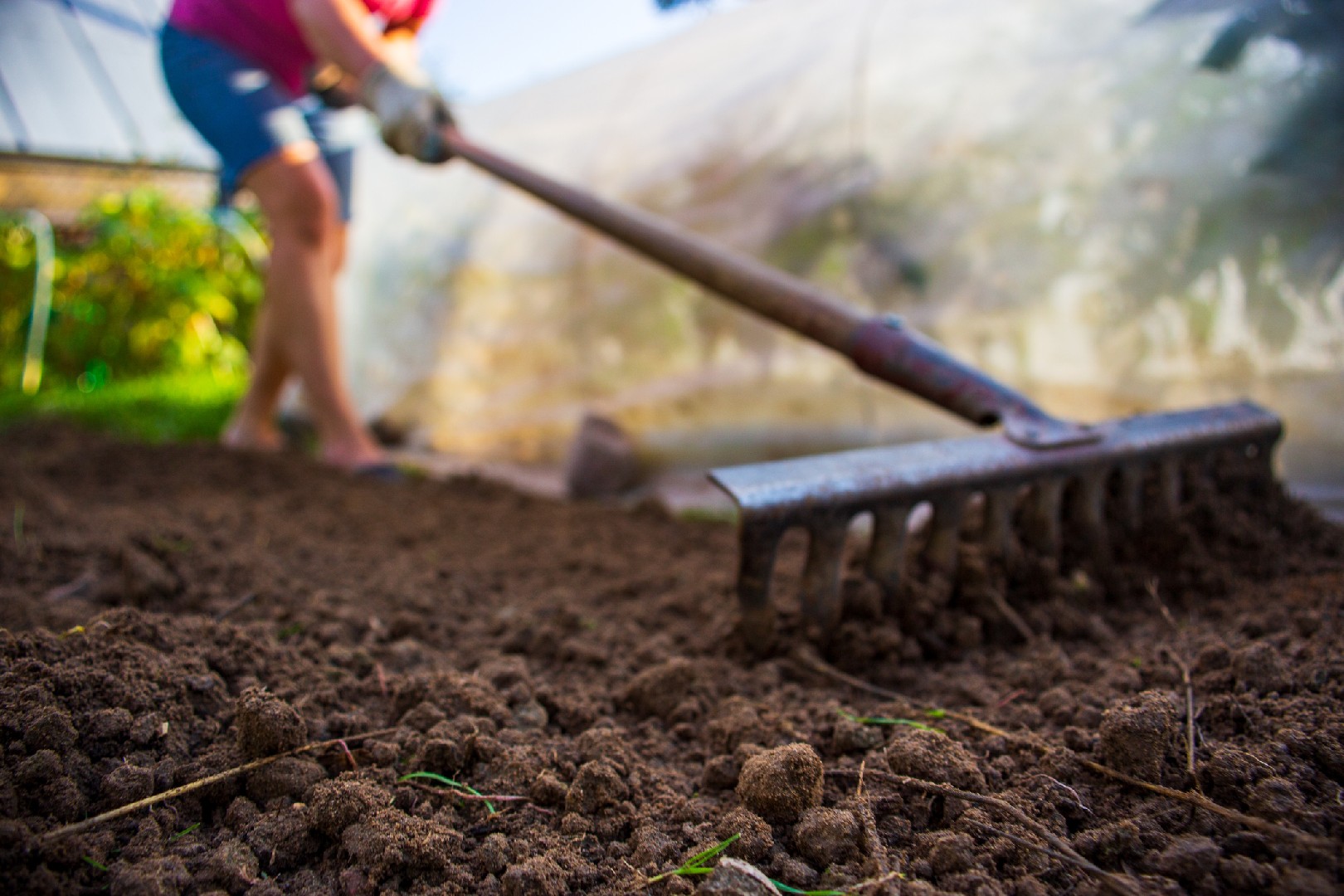![Rectangle]()
Assessing Soil Condition: The Starting Point for Soil Preparation
Assessing the condition of your soil is the first crucial step in preparing it for your edible garden. This process involves testing the soil pH and nutrient levels in the early spring, which provides valuable insights into the health of your soil and helps you make informed decisions regarding soil amendments and crop selection. By understanding the results of these tests, you can identify any potential soil issues and take appropriate actions to optimize your garden's productivity.
To start the assessment, you will need a soil testing kit available at most gardening supply stores or you can consult a local agricultural extension office for professional testing services. Begin by collecting soil samples from different areas of your garden, as soil composition can vary even within a small area. Take samples at a depth of about 6 to 8 inches, and ensure that they are representative of the entire area you plan to cultivate.
One of the essential pieces of information you will gather from the soil test is the pH level. pH is a measure of the soil's acidity or alkalinity and affects nutrient availability to plants. The ideal pH level for most crops is between 6 and 7, as it allows nutrients to be easily absorbed. If your soil pH is too high or too low, you can adjust it by adding soil amendments like lime or sulfur. It's important to note that different plants thrive in different pH levels, so understanding the pH requirements of your chosen crops is crucial.
Additionally, soil testing provides insight into the nutrient levels present in your soil. Elements such as nitrogen, phosphorus, and potassium are essential for plant growth, and their availability in the soil directly impacts the health and productivity of your plants. The soil test will indicate the current nutrient levels and any deficiencies or excesses. Based on these results, you can tailor your soil preparation by adding organic amendments or fertilizers to ensure your plants receive the necessary nutrients.
Apart from pH and nutrient levels, soil testing can also reveal other soil issues such as compaction, poor drainage, or inadequate organic matter. Compacted soil, which occurs when soil particles are tightly packed together, can hinder root growth and limit nutrient absorption. Poor drainage can suffocate plant roots and lead to root rot, while insufficient organic matter can result in poor soil structure and reduced water-holding capacity.
If your soil test reveals any of these issues, there are several methods you can employ to mitigate them. For compaction, you can aerate the soil by using a garden fork or renting a mechanical aerator. This process involves creating small holes in the soil to improve air circulation and root penetration. For poor drainage, raised beds or the addition of organic matter such as compost can help improve water flow and prevent waterlogging. To increase organic matter in your soil, you can incorporate compost, leaf mold, or well-rotted manure, which enhances soil structure, promotes microbial activity, and increases nutrient retention.
In conclusion, assessing the condition of your soil through proper testing is the essential starting point for soil preparation in your edible garden. By understanding the results of soil pH and nutrient tests, you can address any existing issues and provide the necessary amendments or adjustments to create an environment conducive to plant growth. Moreover, incorporating practices like aeration, raised beds, and organic matter addition can further enhance your soil's health and productivity. Remember, healthy soil lays the foundation for a thriving edible garden, so take the time to evaluate and improve your soil to ensure a successful growing season.





